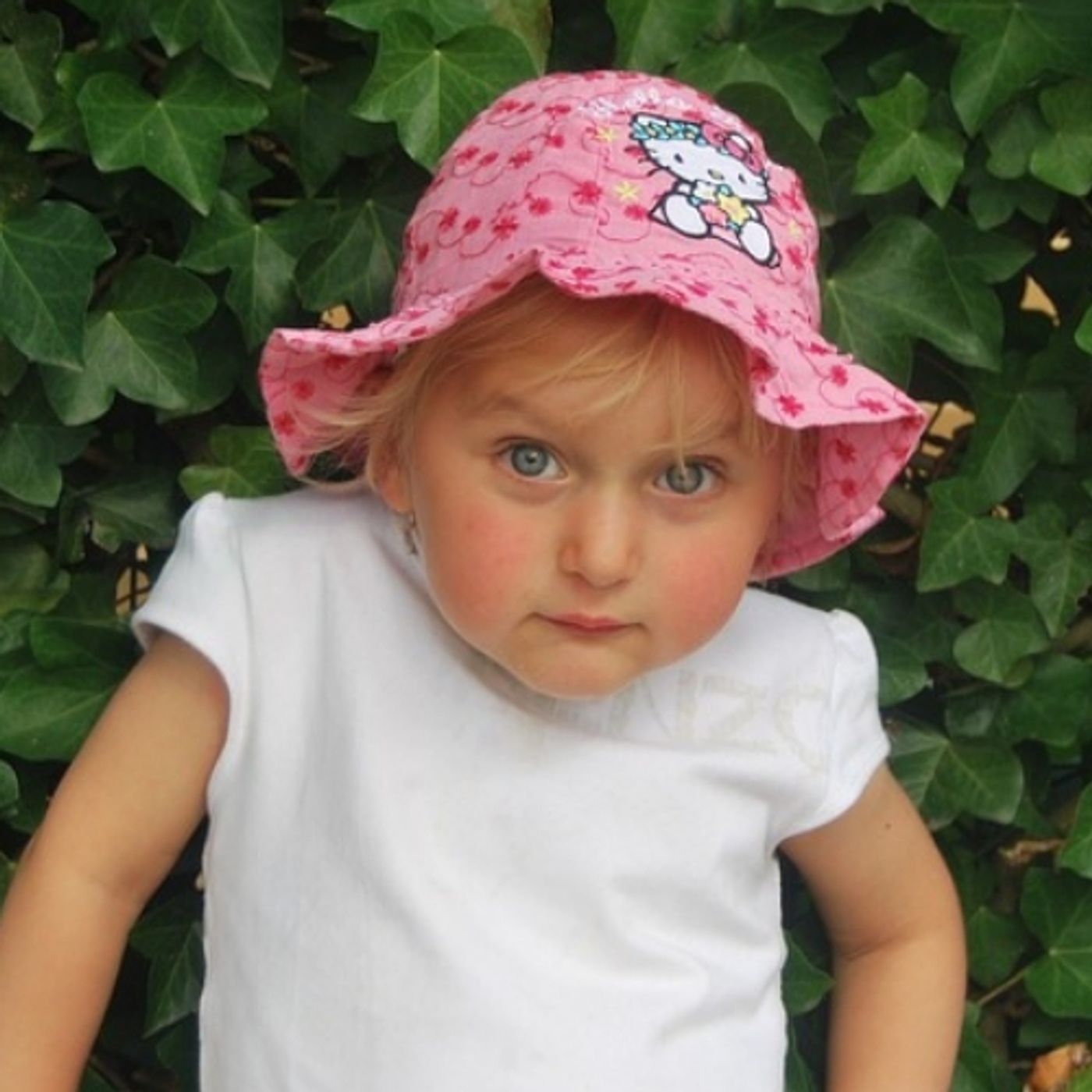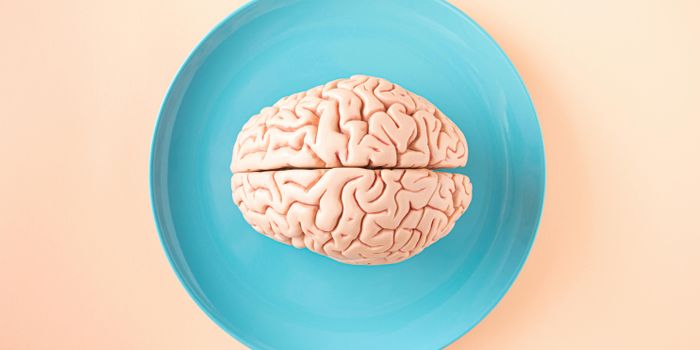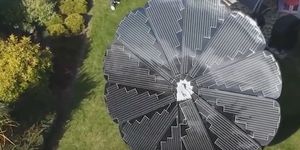Predicting Autism With EEG?
Autism is a growing concern not only for parents and children but healthcare providers as well as researchers and public health officials. The latest numbers from the Centers for Disease Control and Prevention show that the prevalence of autism has increased to 1 in 59 children, a jump from the previous number of 1 in 68 children. It's more common in boys than in girls, but not by much, and some experts believe that is a problem of bias in diagnosing girls on the spectrum who do not present the same way as boys.
Diagnosis is difficult because it's currently done via behavioral analysis and testing. There is no reliable biomarker for autism and because it's a developmental disorder, and milestones in child development happen along a range of time rather than always at the same age, pinning it down can be problematic. A new research study on diagnosing autism, from a team of scientists at the University of San Francisco and Harvard Medical School in Boston was published in the journal Scientific Reports. The work suggests that machine learning and algorithms can predict or rule out autism based on non-linear analysis of EEG readouts.
EEG tests, which record brain activity, are non-invasive and inexpensive and in the study, the team was able to predict autism in children as young as three months old by using algorithms to analyze the readings collected from study volunteers. Currently, diagnosis of an autism spectrum disorder is not considered reliable before two years of age, and in most children, pediatricians and parents tend to wait a bit longer, until the age of five or six before evaluating for it.
The lead author of the study, Dr. William Bosl, is an associate professor of Health Informatics and Clinical Psychology at USF explained, "Detecting the emerging disorder before a child begins to show symptoms of autism is key. Brain development precedes the emergence of behavioral characteristics. Measuring atypical changes in the brain could open a new window to early intervention that might enable prevention. That may be more successful than trying to reverse symptoms that have already emerged after the brain has developed in an atypical way."
The fact that autism, and the brain changes that result from it, are present before a child's behavior is impacted is a significant factor. There is no cure for autism and no treatments other than special education services for learning and therapy to improve to social skills. Early intervention in these areas can make a world of difference for children in how they experience school, social situations, and daily life.
So how did the study work? The study participants were seen at Boston Children's Hospital where they underwent EEG testing via a stretchy cap of scalp sensors that picked up brain activity signals. The algorithms, developed by Dr. Bosl's team, were then used to evaluate the patterns of neural activity and they did this, in even the youngest infants in the study, with a 95% accuracy rate. Knowing that something is going on in the brain years before the accompanying behaviors show up is a massive step for autism research because it allows children to be identified for services and support before they reach school age, cutting down on academic delays and social issues that can impair the ability to learn.
The team hopes that approach can be tested in routine well-baby visits as a "brain check-up." Costs are minimal, EEG machines can be used in office settings and the overall goal of getting children who are on the spectrum as much help as early in life as possible can be achieved. Check out the video below to learn more about EEG autism screening for children.









